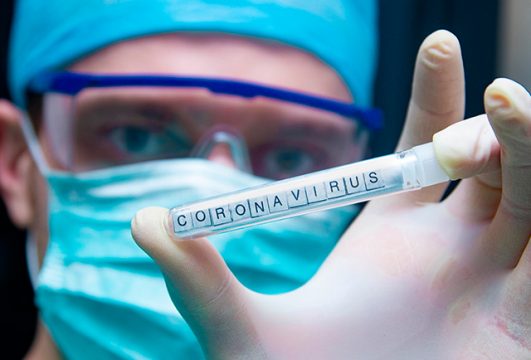These study outcomes suggest reinfection is relatively rare in patients who recover from COVID-19. In addition, natural immunity against SARS-CoV-2 persists for at least one year and offers similar protection to that reported by vaccines.

These data were obtained from cases infected with the original virus. For now, we do not know if it also protects against the new strands.
Reinfection risk in healthcare professionals has been the focus of studies and publications. However, we did not have enough data on risk ran by the general population.
In this regard, knowing whether recovered patients might reinfect is crucial for lockdown time management in case of close contact, and also for vaccination campaign optimization.
The authors of this study published in JAMA looked at reinfection rate in individuals who presented PCR-confirmed primary infection during the first wave in Italy (between February and June 2020). It included both symptomatic and asymptomatic patients of all ages.
Outcomes of 122.007 PCR tests carried out in Lombardy during this period were used to divide the population between infected (PCR positive) and non-infected (PCR negative).
Lea también: Aspirina o clopidogrel post TAVI: Guías y estudios llenos de contradicciones.
Reinfection was defined as new PCR positive 90 days after recovery of the first infection, with at least 2 consecutive negative PCR outcomes between episodes.
During follow-up, 5 reinfections were observed in 1579 individuals originally positive. Only one of them required hospitalization. Mean time between first and second infection was 230 days.
528 individuals of 13,496 originally presenting negative PCRs got infected during followup.
Read also: Differences in American and European Atrial Fibrillation Guidelines.
This translates into an incidence density per 100,000 person days of 1.0 for reinfections vs. 15.1 for new infections.
Looking at cumulative incidence rate during followup, we can see a significant difference between cohorts. In a few words, the first wave infection offered protection against the second.
It is important to remember that all this information does not take into account neither new virus strands nor vaccination effect.
Original Title: Assessment of SARS-CoV-2 Reinfection 1 Year After Primary Infection in a Population in Lombardy, Italy.
Reference: Josè Vitale et al. JAMA Intern Med. 2021 May 28. Online ahead of print. doi: 10.1001/jamainternmed.2021.2959.
Subscribe to our weekly newsletter
Get the latest scientific articles on interventional cardiology




